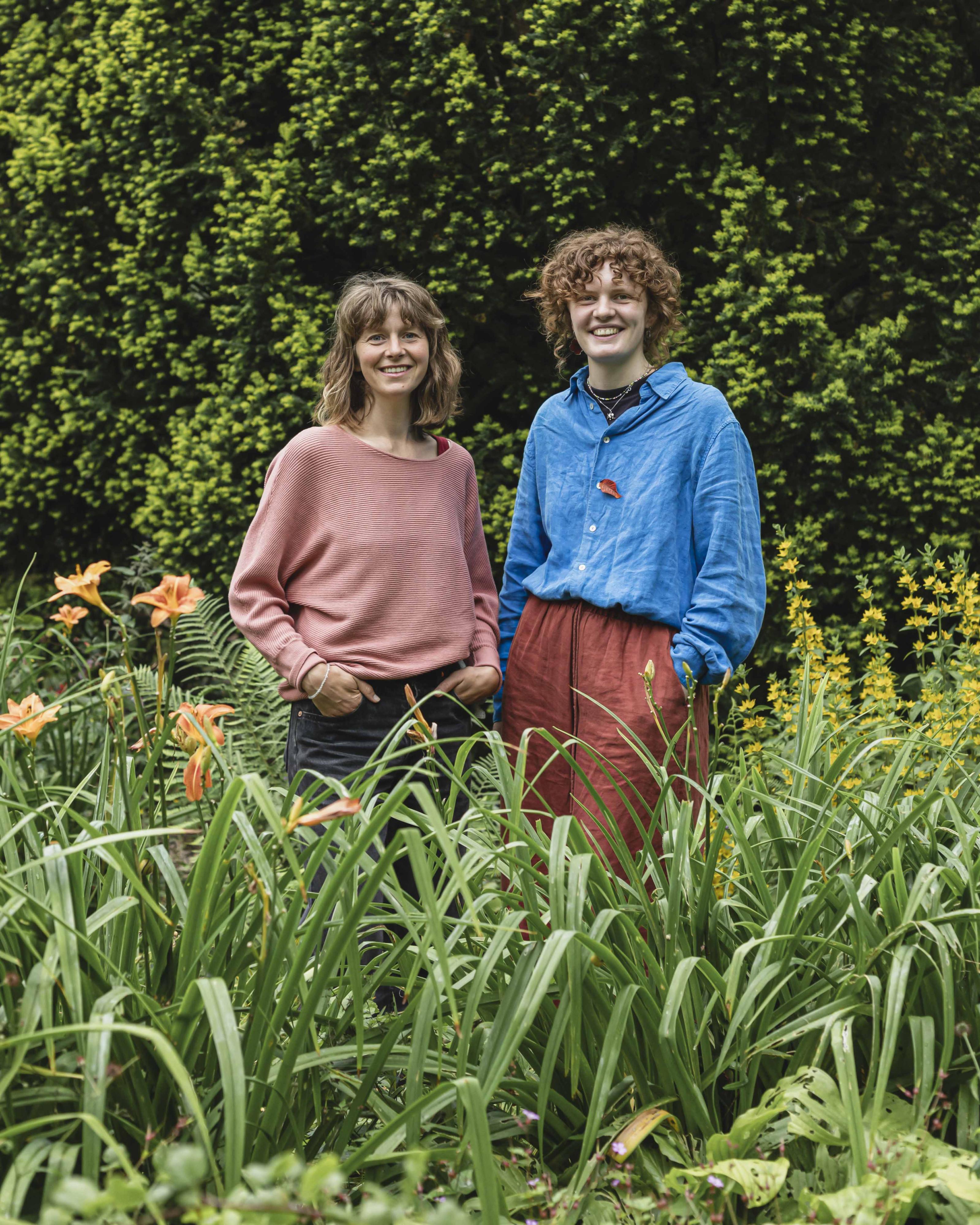Nature of Hope approaches architecture as an ecological practice. People are not separate from nature, but an integral part of it. But the binary thinking in which nature is everything that is not human or made by people has a long and dominant history. To introduce the exhibition, IABR therefore asked researchers, philosophers, historians and writers to reflect on how we look at nature. Every week we share one of the contributions, which can also be seen in the exhibition.
Clemens Driessen shows what we can learn from a tuft of grass, such as Albrecht Dürer painted in 1503.
Dandelions no longer in bloom, leaves of the broader plantain, common meadow grasses, yarrow and daisy. Growing together as a single tuft of grass.
Historians of both art and science see this image as a key event. Facing a sod of grass at eye level initiated a new way of looking: the realistic representation of the natural world for its own sake.
This is not nature at its most beautiful. The composition appears random. But the level of detail indicates importance. These plants are not just symbols. Nor are they mere background, filling up the margins. It is a portrait of a piece of grass, just the stuff under our feet.
Roots are visible, and exposed soil. Dürer may have pulled the grass out of the ground to portray in his studio. But, even against a white background, this still seems a living piece of turf as found in a meadow, without isolating different species from their environment.
Art here precedes science, through the originality of changing perspective and interest. But this detailed focus on grass could also draw attention to the experience of farmers caring for their land, or of cows eager to get a taste. The image may even invite the viewer to take the position of the dandelions, ready to open up and spread their seeds.
Today, Western culture is said to suffer from ‘grass blindness.’ We have been educated to think of nature as spectacular, to value ecology in terms of rare species or impressive landscapes.
Our current ecological unraveling could in part be due to a lack of appreciation for everyday nature. Artists such as Dürer may guide our experience to move beyond the modern separation of science and art, of reality and experience, of truth and poetry. In order not to tear nature apart into its individual elements, but to see beauty, variety and abundance where we may not expect it.




